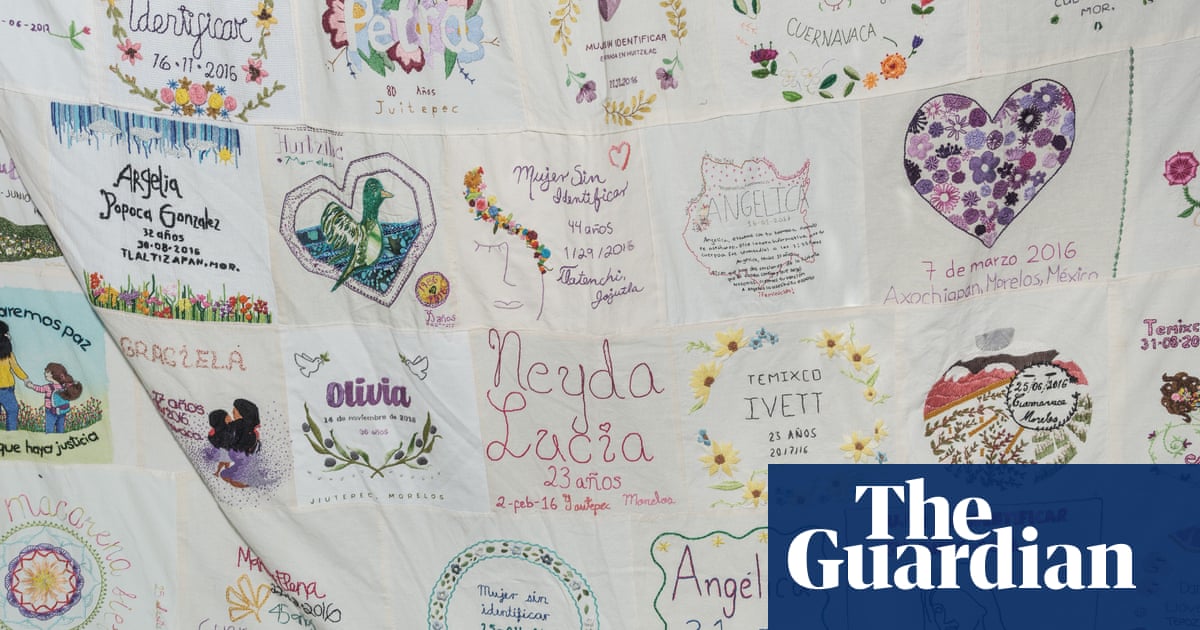
"It started with the killing of 25-year-old Ingrid Escamilla, who was murdered and mutilated by her boyfriend in February 2020. The brutality of the murder and the leaking of explicit images of her body to tabloid newspapers touched off a national furor. Escamilla's murder struck artist Maria Antonieta De la Rosa with both horror and disgust. Even in a country where more than 10 women on average were being killed every day, it felt especially cruel."
"With its mixture of cultural machismo and generalized cartel-fueled violence, Mexico is one of the most dangerous countries for women in the region: between January and June this year, 1,420 women were killed across the country, according to government figures. The high rates of violence have sparked a powerful national feminist movement, with hundreds of thousands of women taking to the streets every year on International Women's Day in cities all over Mexico, demanding a response from authorities."
The mutilation and public exposure of Ingrid Escamilla's body provoked horror and outrage, highlighting normalized gender violence in Mexico. Rampant machismo and cartel-related violence contribute to extremely high femicide rates, with government figures reporting 1,420 women killed between January and June. Massive feminist mobilizations now demand state accountability, with hundreds of thousands marching each International Women's Day. Artist Maria Antonieta De la Rosa and activists organized a symbolic funeral in Cuernavaca and began embroidering patches bearing the names of murdered women in Morelos. The collective included mothers, grandmothers and friends, using textile practice as protest and remembrance.
Read at www.theguardian.com
Unable to calculate read time
Collection
[
|
...
]